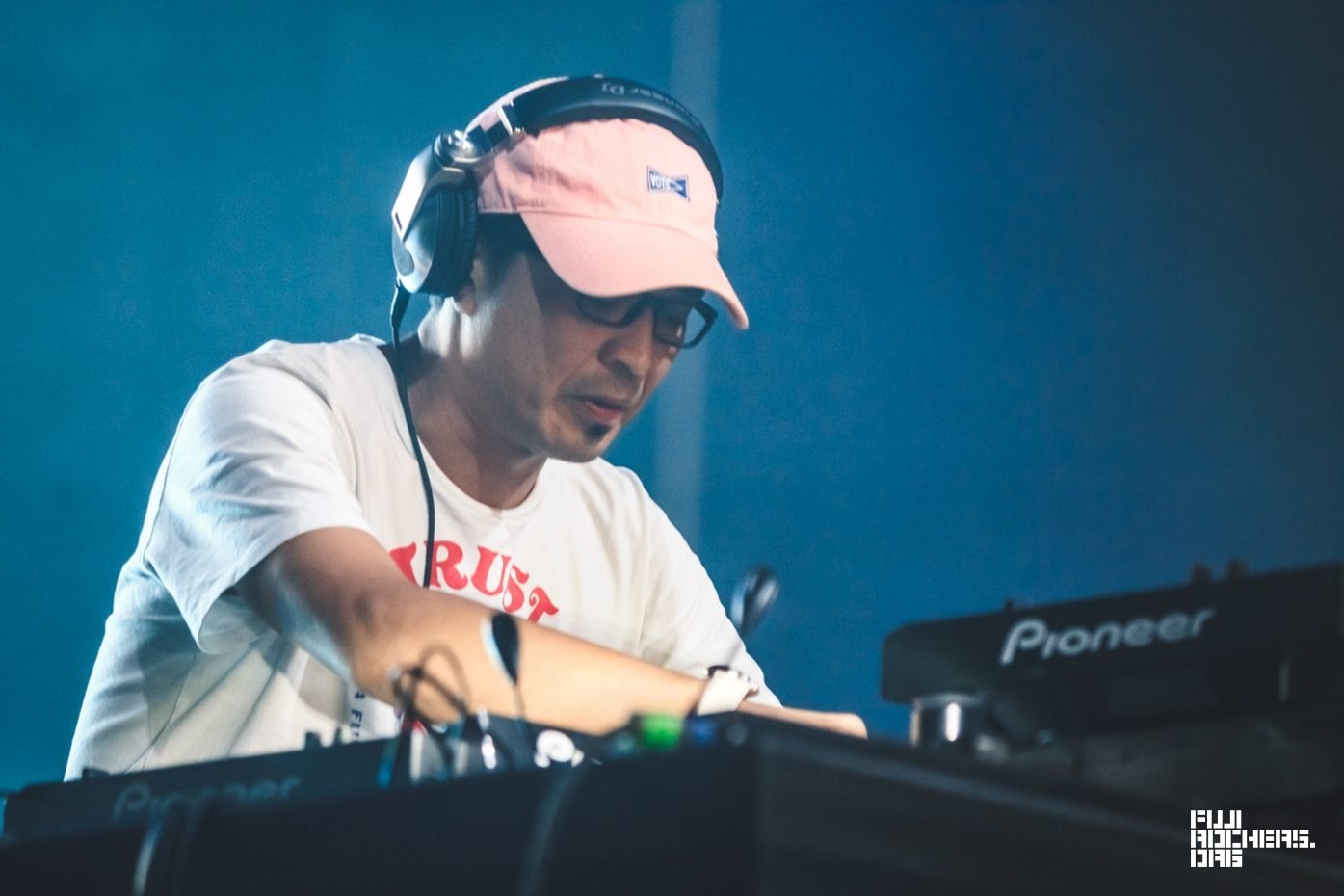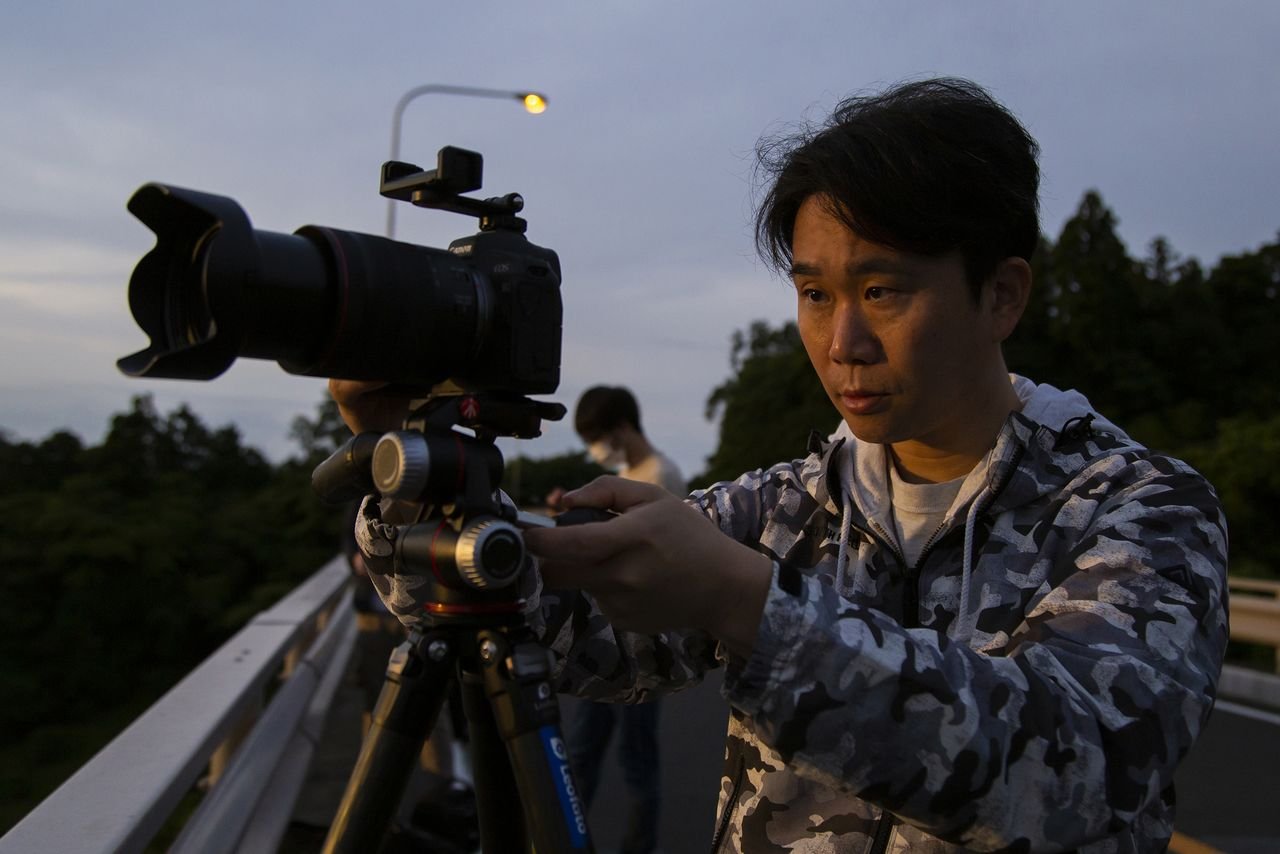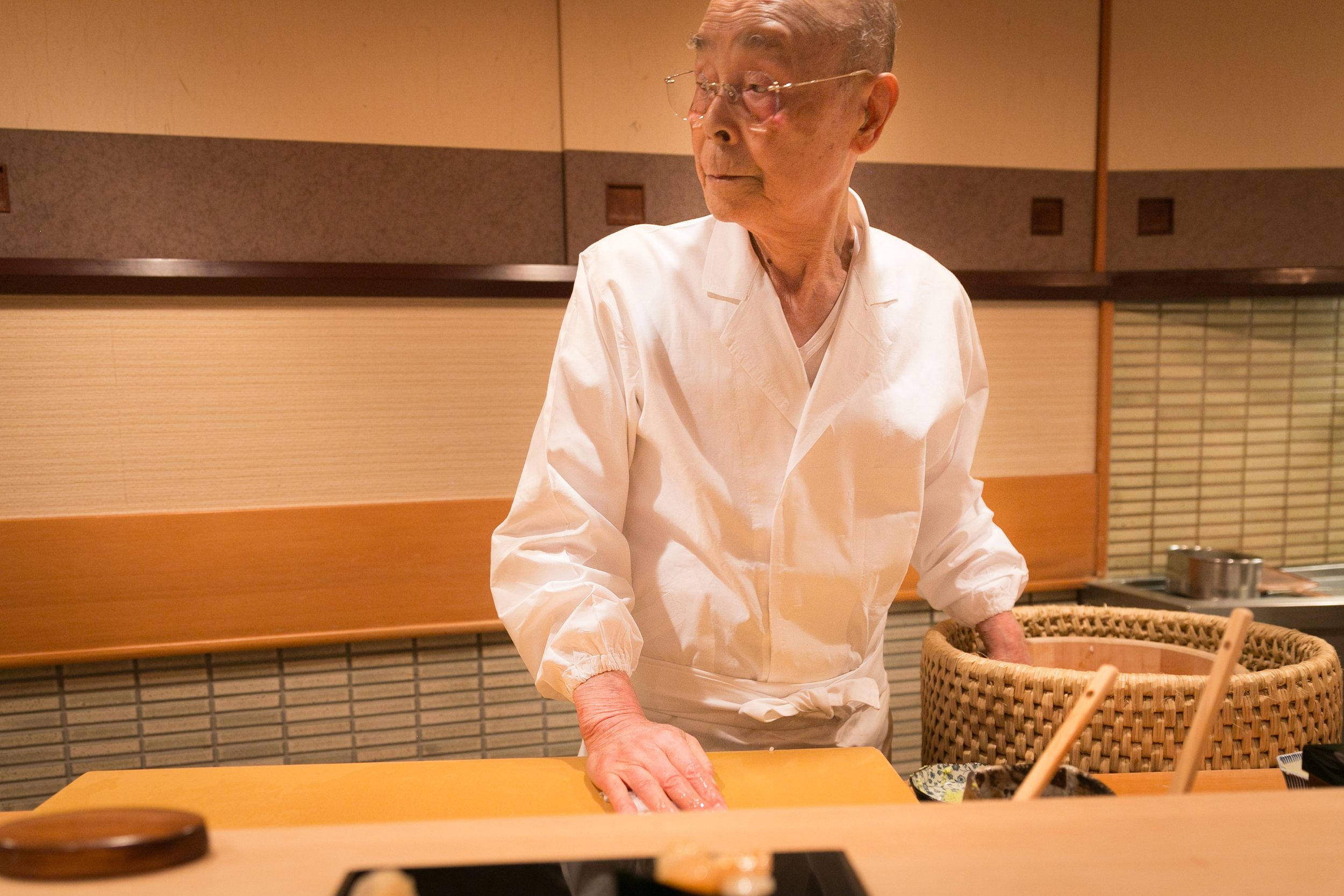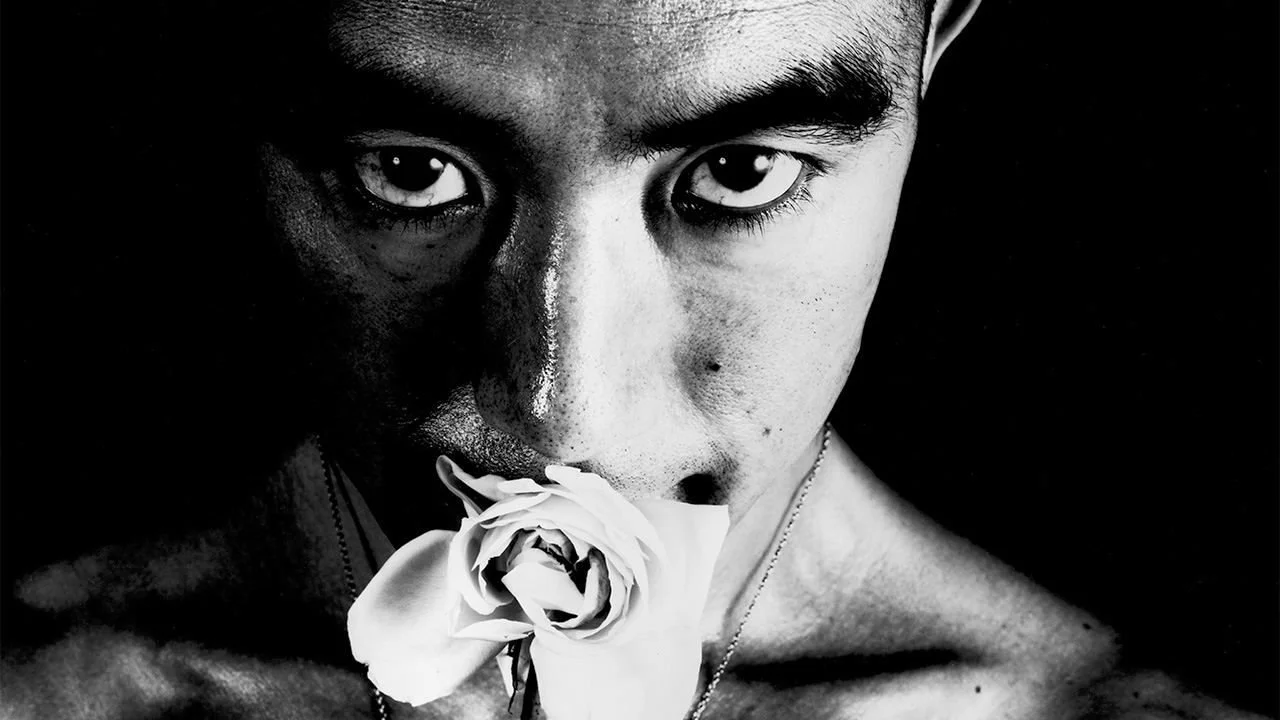Kishin Shinoyama: From Lennon and Ono to a Search Warrant
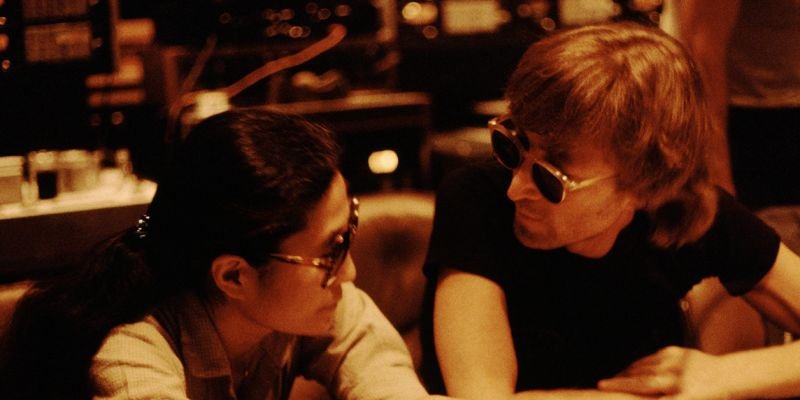
Even though the name Shinoyama has not reached the level of global recognition of his like-minded colleagues Nobuyoshi Araki or Eikoh Hosoe, some of his photos are world-famous.
Just go to the next record store and browse through the boxes of vinyl records. You'll probably find Double Fantasy and Milk and Honey, the studio albums of Yoko Ono and John Lennon – with their covers photographed by Kishin Shinoyama.
Shinoyama was born in 1940 and graduated from Nihon University. While still being a student, he began to work for the agency Light Publicity and freelanced once he graduated. But it was in the 70s that his career as a photographer really took off. During this time, he began to portray famous people for magazines which eventually led to the famous photo of Lennon and Ono kissing in Central Park, New York.
During the 80s, Shinoyama embedded the term "shino-rama," a play on his last name, which described the technique whereby he connected three cameras to shoot panoramic scenes of skyscrapers. During this time of Tokyo's economic bubble, he couldn't capture the energy solely with one camera, he stated.
What shocked Japanese society was his "gekisha," meaning risky photography, where Shinoyama would shoot young female pinups. For example, his book Santa Fe with nude portraits of model and actress Rie Miyazawa sold 1.5M copies. This success can partially be connected to the boom in porn and nude media during Japan's Bubble Era.
However, his nude photography did not only bring Shinoyama high revenues but a search warrant for his home, where police investigated in suspicion of public indecency in 2009. This action was related to a nude shooting he did at Aoyama Cemetery, which caused a major scandal and where Shinoyama, in the end, was fined 300 000 yen by a court.
After the 2011 Tohoku earthquake, Shinoyama went out to shoot portraits of the victims. Those images are held in black and white and show people looking straight into the lens. These raw emotions capture the tragedy hands-on and bare.

